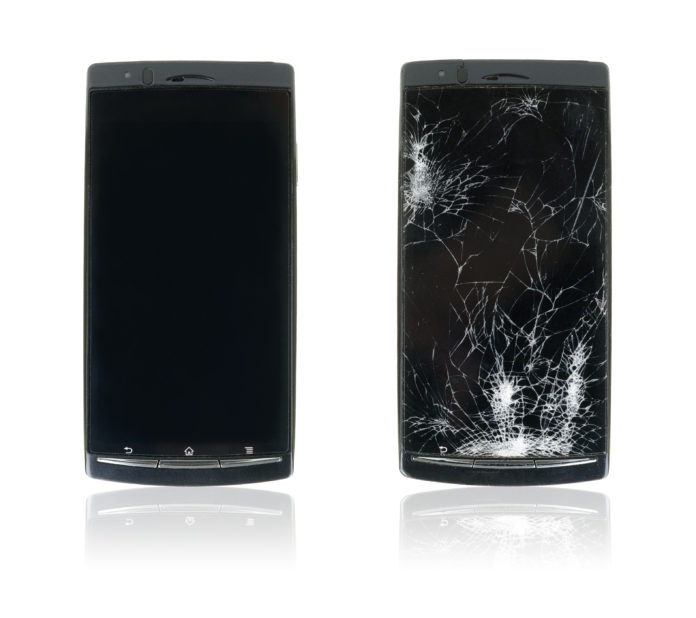There are those days when there are so many things on your mind that you completely zone out, probably holding your phone. And when your smartphone drops, your heart stops as you pick it up and pray not too many scratches made their way onto it. According to some chemists, you may not have to worry too much about that in the near future.
The ‘Wolverine Inspiration.’
When Dr. Chao Wang of the University of California, Riverside stood up to address the gathering of the 253rd National Meeting and Exposition of the American Chemistry Society, he stated, “I was inspired by my favorite childhood hero-Wolverine.”
Wolverine is the X-man movie fictional character who fights the bad guys without fear because he has one unique property- he can self-heal. Dr. Wang said that he took this property that his hero had to come up with an amazing invention. He, along with a team of other chemists, got together and made a self-repairing polymer that is now being considered the next big thing for the smartphone industry.
When you touch your smartphone’s screen, there is a procedure that occurs before your phone does as you instruct it to do. Smartphone screens have electrodes beneath them. When you touch your screen, you complete the circuit on the display so that the command is successfully issued and executed by your phone’s software. That’s because your screen is made of conductors and your hand is a conductor by itself (that’s why people stay away from lightning).
Previously, companies such as LG have been able to manufacture smartphone backs from the self-repairing material but never the screen because there had been no conductive, repairable materials available. Wang’s new polymer might change that.
The Solution
Wang and his team made several tries as they came up with the polymer in question. According to Wang, the team could not use covalently bonded materials because these could not self-repair. Materials with hydrogen bonds could self-repair and be flexible, but they could not conduct electricity. So Wang and his team decided to try out an ion-dipole interaction. “Previously, the [ion-dipole] interaction was used because it is conductive, but it was the first time we used it for its self-repair properties,” Wang commented.
To make the material, the chemists combined a stretchable polymer for its dipoles and an ionic salt for its ions to create the interaction. The team observed that the combined compound not only could conduct electricity but also stretched to up to fifty times its original length. Furthermore, when the researchers applied pressure that snapped the compound in half, they realized the following day that the compound had already regained its previously undamaged condition!
Wang is excited about this new finding because he thinks it will revolutionize muscle prosthetics as well as smartphone technology in future. “We expect that this technology will be in the market three years from now,” he said.
Self-repairing technology will mean no more screen replacements or new phones every once in two years. Because the materials for making the compound are readily available, commercialization would be cheap. Wang is hopeful that his team can find a way to make the compound withstand high humidity, the problem that has encumbered self-repairing technology so far. It would help speed up the commercialization, he remarked.




